© 2025 Qualitetch Ltd. Site by i3MEDIA
Your total metal component manufacturing solution
Molybdenum is a material popular in the manufacturing industry thanks to its many uses and benefits it holds.
Chemically etching molybdenum is ideal for use in many industry sectors including the medical, aerospace, defence, marine and telecommunications industries, due to it's ductility and high corrosion resistant properties, and has one of the highest melting points of all the pure elements, and photo etching is an easy way to manufacture sheet Molybdenum.
Chemical etching with molybdenum or with one of it's nickel based alloy derivatives such as Hastelloy, is useful because of the metal’s high melting point and low propensity for thermal expansion. This makes it perfectly suited for parts that encounter particularly high temperatures.
Molybdenum chemical etching is a technique that involves removing material from sheets or foils of molybdenum using chemical solutions. This process allows for the creation of patterns, designs and features, on the surface of molybdenum opening up a wide range of applications across different industries.
One significant use of molybdenum chemical etching is in manufacturing components. Molybdenum is preferred for applications like circuitry and electronic contacts due to its conductivity, thermal stability and resistance to corrosion. By employing chemical etching precise patterns can be created on molybdenum sheets enabling the production of circuitry with accuracy and efficiency. This aspect plays a role in microelectronics manufacturing where precision and miniaturisation are key factors.
In the aerospace industry molybdenum chemical etching finds application in fabricating components for aircraft and spacecraft. The remarkable properties of molybdenum such as its melting point, strength and durability make it suitable for use in conditions. Through chemical etching techniques, lightweight and complex components can be produced with an aim to reduce weight in aerospace structures without compromising strength or functionality.
Molybdenum is commonly used as a material, for the contact in film solar cells because of its excellent conductivity and stability. By using chemical etching precise patterns can be created on the surface of molybdenum optimizing its ability to capture and conduct energy. This improves the efficiency and cost effectiveness of producing panels.
Moreover chemical etching of molybdenum plays a role in the field. Molybdenum components are utilized in devices like X ray equipment and electronic implants. The precision achieved through chemical etching ensures that these molybdenum components meet requirements for applications. Additionally molybdenum’s compatibility with the body makes it suitable for implantable devices.
In the industry molybdenum chemical etching is employed to manufacture components that require both strength and lightweight properties. This includes applications in exhaust systems, engine parts and electronic systems within vehicles. The ability to create precise features on molybdenum sheets through chemical etching helps enhance fuel efficiency and overall performance in automobiles.
To summarize molybdenum chemical etching finds applications across industries such as electronics, aerospace, energy, healthcare and automotive sectors. Its unique combination of properties including conductivity, strength and resistance to corrosion make it an ideal material, for advanced applications.
The energy sector also benefits greatly from utilising molybdenum chemical etching methods, in panel production.
Chemical etching techniques play a role in improving the performance of molybdenum components leading to advancements and innovation, in various sectors.
Contact our sales team today to discuss your project
Here at Qualitetch, we have the capacity to chemically etch and machine components using molybdenum to reach customer’s specific requirements.
Molybdenum is an incredibly versatile metal to work with, allowing us to engage in molybdenum etching for components of a large variety of sizes, from thick to thin.
We have a dedicated team of fully qualified professionals who are on hand to deal with and complete assembly work requests from our customers.
We offer assembly, soldering and spot welding, bespoke packaging, and also many other specialist bespoke customer requirements that our clients may have.
The photo etching process produces metal components that are both stress-free and burr-free compared to more traditional manufacturing methods – ensuring that your end product is as both accurate and precise to your drawings.
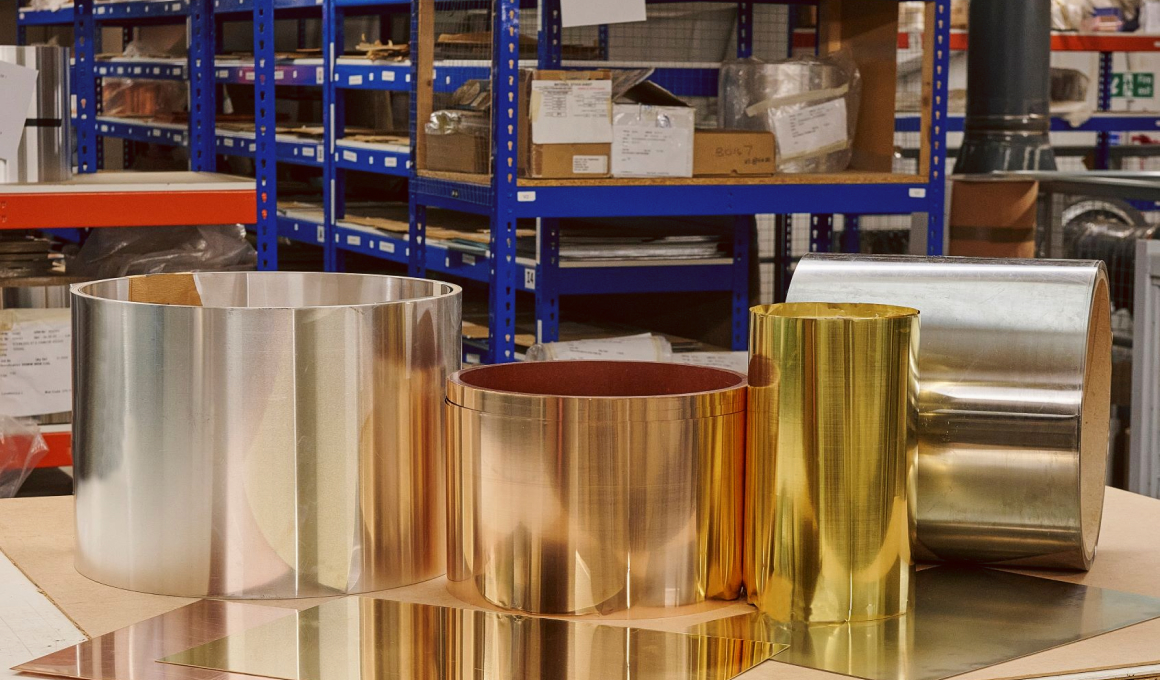 1
1
Qualitetch offer a huge range of metals for etching including: Stainless Steels, Carbon Spring Steels, Copper, Brass, Nickel Silver, Mild steel, Phosphor Bronze, Silver, Beryllium Copper, Aluminium, Nickel, Mu Metal, Alloy 42, Alloy 52 & Many Others.
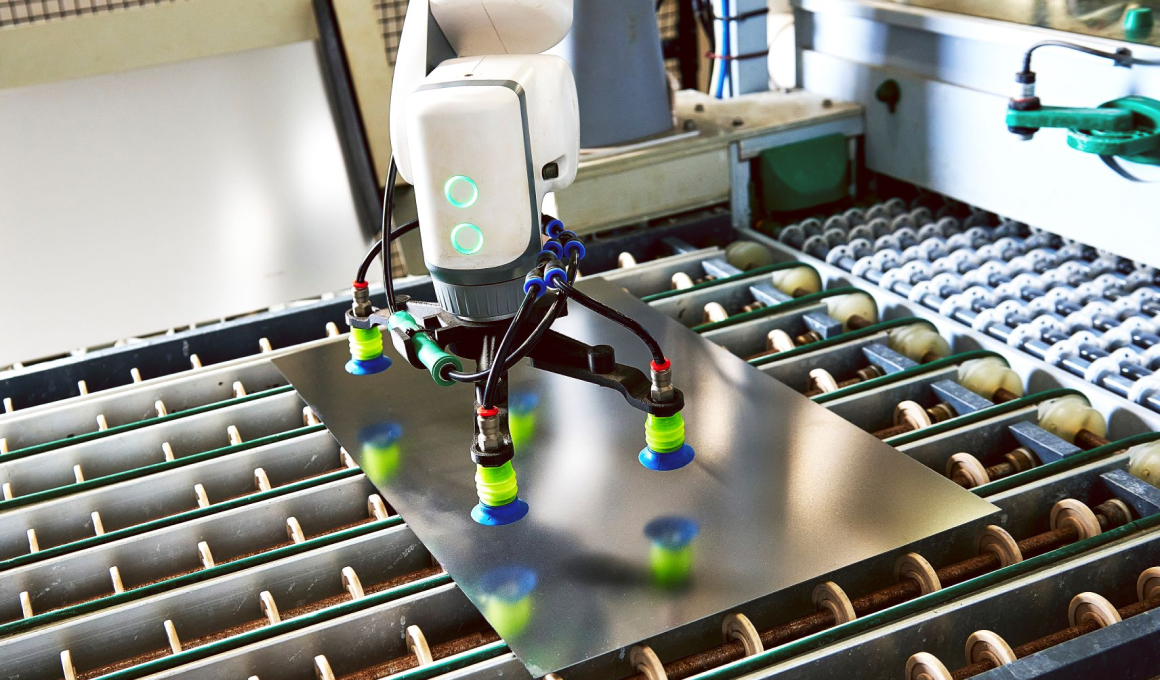 2
2
In order to ensure perfect parts every time, we need to clean the sheet metal to remove any impurities from the sheets surface before manufacturing your designs. This involves passing the metal sheets slowly through acid or alkaline solutions and rinsed prior to laminating, printing and developing.
 3
3
Metal cleaning involves passing the sheets slowly through conveyorised acid or alkaline solutions and rinsed clean prior to the lamination, printing and developing stages, depending on the sheet metal choice required.
 4
4
Once cleaned the metal sheets are coated with a UV sensitive photo resist, which melts to sheet in preparation for the printing process.
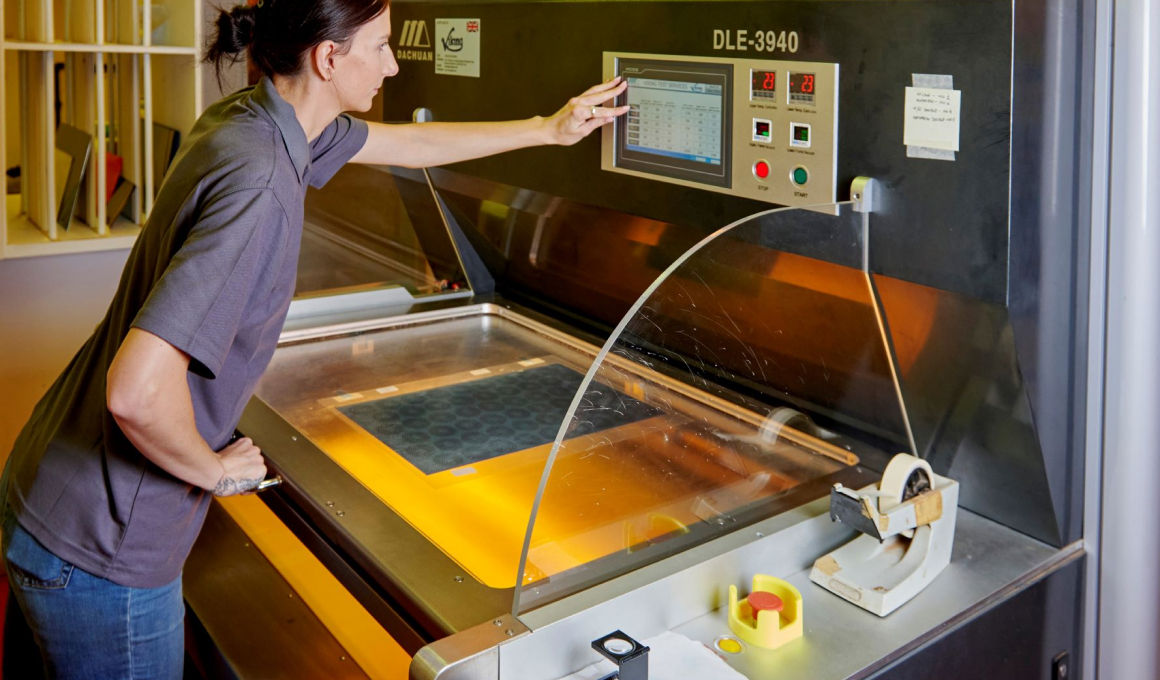 5
5
The printing process involves us taking your chosen profile design and applying it to a two sided top and bottom acetate photo film mask, that we then print your design onto the UV sensitive photo resist.
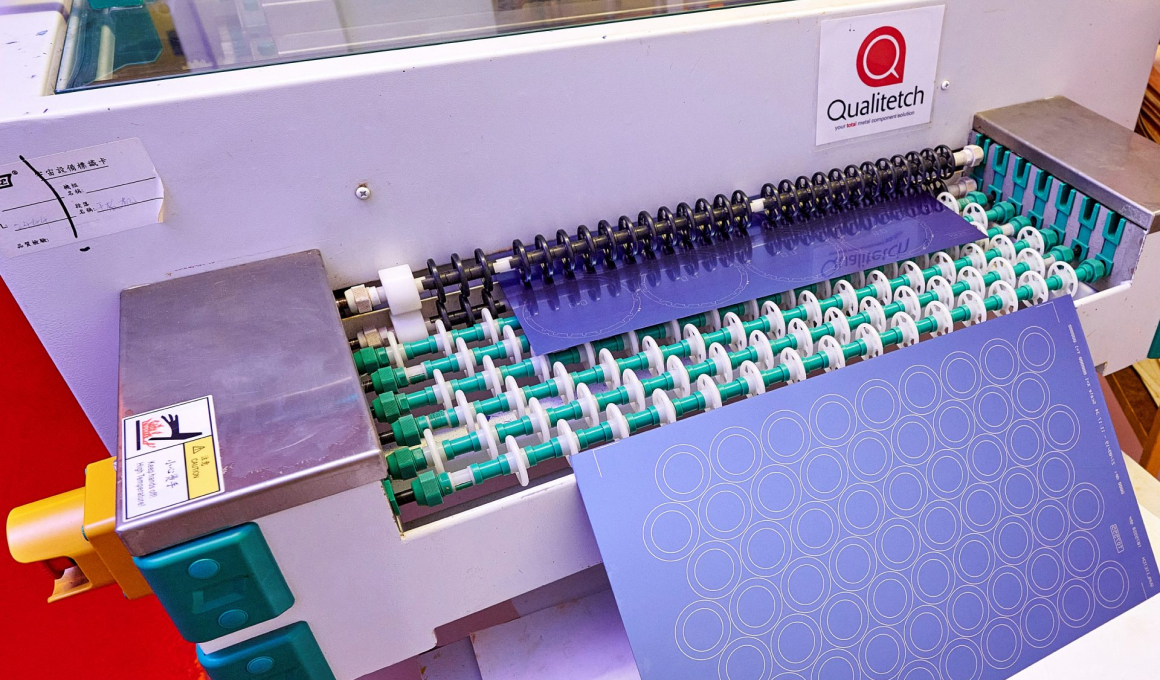 6
6
Once the metal sheet is printed with your chosen design, we then need to develop the sheet. This process effectively washes away the fine lines of the profile we are cutting, leaving raw metal track lines ready for the etching process to work it's magic very precisely.
 7
7
The etching process itself is an acid, usually ferric chloride, that effectively eats it's way through the metal at a known rate to ensure precision and targeted only in the areas you wish to remove, such as the profile track lines or other holes and features such a mesh. The rest of the sheet is masked by the UV photo sensitive blue resist, to protect the metal from the etchant until the parts are complete. This can be a very useful in a manufacturing process as the design can be very complex or include tabs or half etch fold bend lines at no added cost as you simply print your design rather than needing expensive machining time. Following an on-line dimensional check, all that is then required, is for us to strip and remove the UV photo sensitive resist coating and the parts are ready for full QA Inspection.
 8
8
At Qualitetch we offer various levels of QA inspection depending on our customers needs, as we supply both major blue chip businesses all over the world as well as smaller local businesses and anywhere in-between, as the photo etching process is very versatile. We have various automated optical equipment to ensure you parts are accurately supplied to your drawings. We also offer levels of inspection including 100% inspection, PPAP levels, batch inspection, First article inspection (FAIR) and bespoke customer inspection as required.
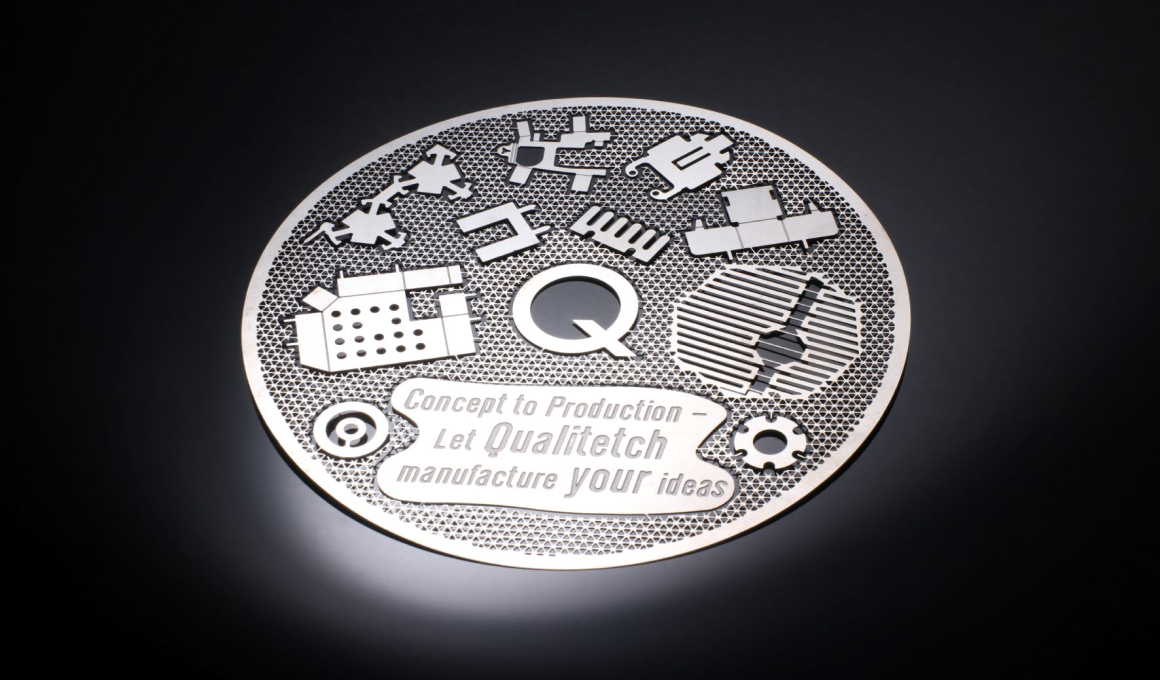 9
9
Once the parts are fully inspected and passed they are ready to be packed and sent to the customer, or for additional processes such as plating, forming, soldering, spot-welding, machining, EDM wire erosion, heat treatment or any other bespoke services required, such as assembly.
Photo etching is not only a great way to manufacture components. Our chemically etched molybdenum parts are all completed and finished to the highest quality, meaning that you won’t be left with burrs, rough edges, or heat-affected damage on the metal.
Qualitetch has over 30 years of experience in photo chemical etching. This means that you can be assured your components are left in the safe hands of our experienced engineers; affording every individual part the same high level of care and attention to detail.
Bipolar Plate manufacture & hydrogen fuel cells & Electrolysers through chemical etching
View the ServiceWe offer a wide range of engineering solutions and process methods to suit your project needs.
View the ServiceStainless steel photo chemical etching is one of the most common materials we etch.
View the ServiceSilver is one of the most common precious metals around the world
View the ServiceSteel is one of the most popular metal materials to use in manufacturing.
View the Service
